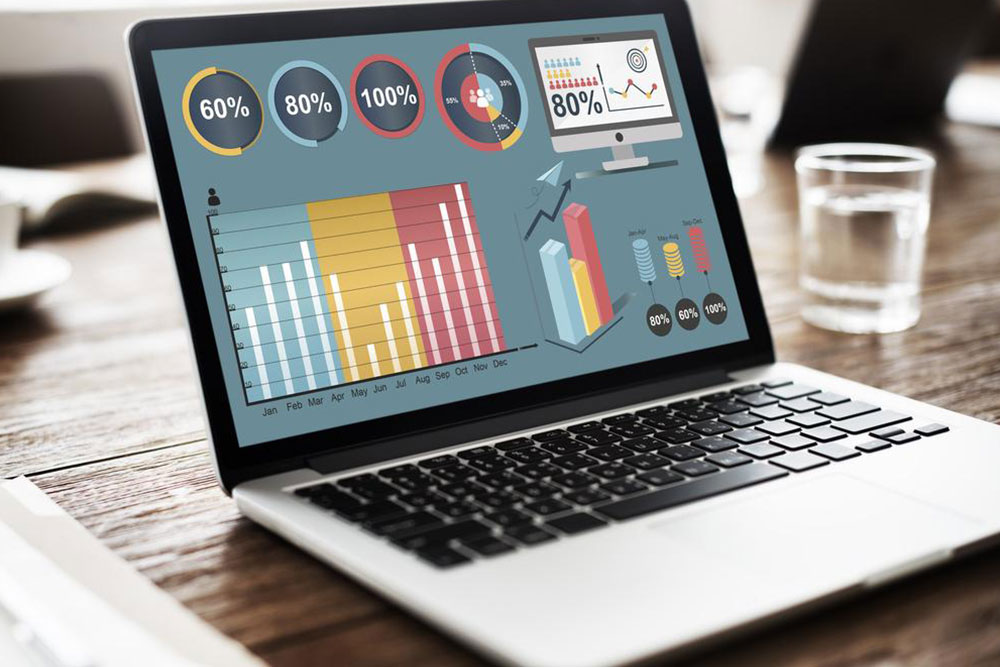A brief overview of predictive analytics
Predictive analysis is an advanced branch of analytics. Business enterprises generate a large amount of data, some of which are structured while most are unstructured. This vast data is a virtual information mine; one can effectively predict the future risks and options by mining this vast treasure trove using various techniques of data mining such as machine learning, artificial intelligence, various modeling techniques, and analytical methods together with management and information technology. Predictive analytical models are used to foresee relationships among various factors and conditions; these models can be simulated to see the possible outcome of any particular set of conditions.

Structured data are definitive information like age, income, sales, etc. The unstructured data are information in text messages from various sources like posts in social media, notes from call centers, and the like. These are to be extracted along with the sentiment associated with the statement and then used in the modeling exercise. The outcome helps companies to anticipate and be proactive rather than being reactive or working on hunches with all the associated uncertainties.
The process of predictive analytics involves the following steps.
- The first thing is to define the project, its desired outcomes, deliverables, the required effort, business objectives, and identification of relevant data.
Predictive analytics find applications in businesses, health care, collection, sales, fraud detection, and a host of other fields including security. Needless to say the field is very fertile for innovations and there are myriads of software companies providing solutions.

